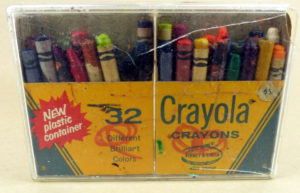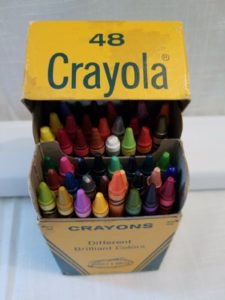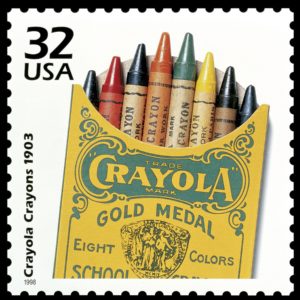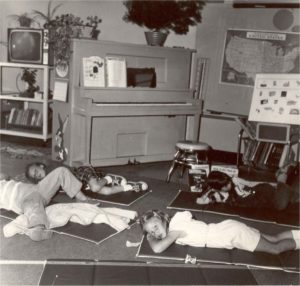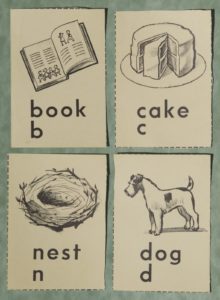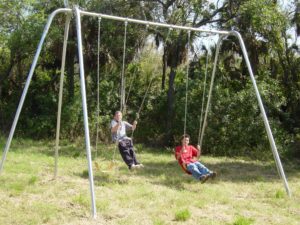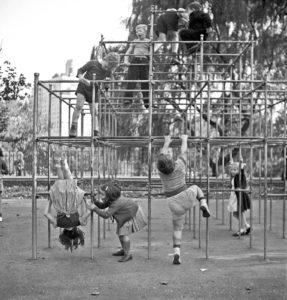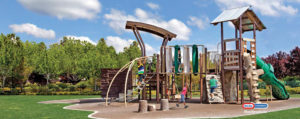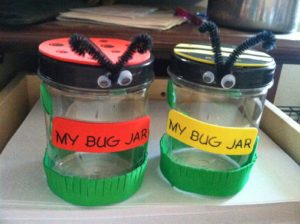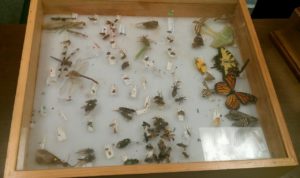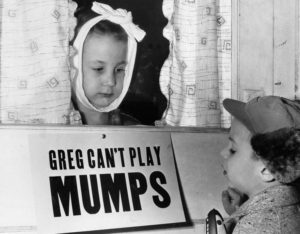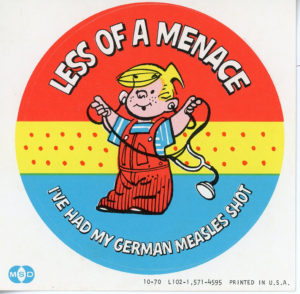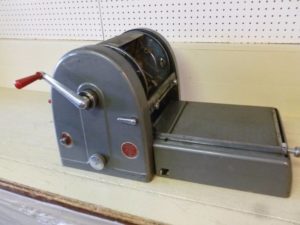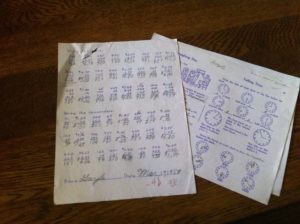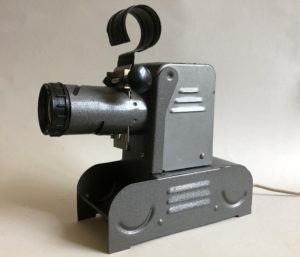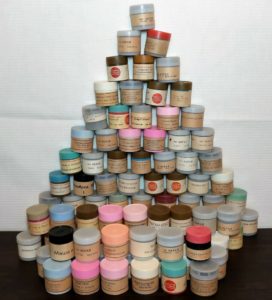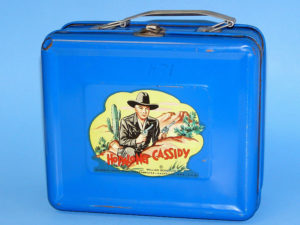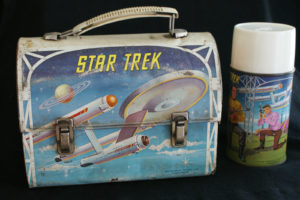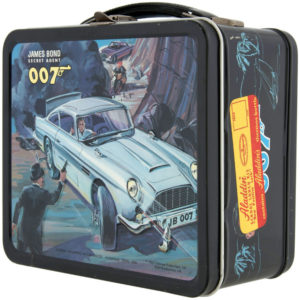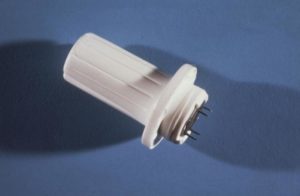
When you think about it, going to grade school during the 50’s and 60’s was downright hazardous! I mean back in those days, asbestos was a wonder substance for insulation that was used in our floor and ceiling tiles and insulation ubiquitously. Our schools were full of it!
Not only that, but there we were, innocent little kids, and they were sticking needles into us right and left! Needles full of nasty things!
You can quickly spot a Baby Boomer by the presence of a scar on a shoulder (mine is the left) from a smallpox vaccination.
But another procedure that I (and no doubt many of you) recall being performed upon me at least twice was the tuberculosis test.
Tuberculosis has had an up and down history. It was one of society’s biggest killers in history, up until about WWII. A vaccine was developed during the 1930’s which slowed down the disease in general. Unfortunately, it also CAUSED the disease in some cases. And it wasn’t a lifetime vaccine. It would lose its effectiveness after a few years, and the recipient would again become vulnerable to the tuberculosis bacillus.
What largely caused TB to disappear in our childhoods was effective quarantining. TB can be “arrested,” i.e. it can remain in one’s system, but not be infectious. And mandatory quarantines caused TB to become a rare, but still worrisome, disease by the 1960’s.
That worrisome factor was what led to us Boomer kids being pricked with the Tine TB test during our grade school years.
The multiple needles didn’t hurt a bit. Of course, neither did the gentle pricking which initiated that huge smallpox lesion. So many of us were a bit skeptical when that nurse produced the small plastic hoogus that implanted actual tuberculosis bacteria into our skin.
It was probably good instincts that made us feel that way The Tine test has since been largely discredited as being inaccurate, and in fact CAUSING TB in some cases.
But hey, we were kids. We hadn’t yet learned to not trust anyone over thirty. So we submitted to the procedure.
I never knew anyone who tested positive. I assume that they would have been quarantined themselves. Quarantine is very effective in containing infection in many cases, but it’s politically incorrect in itself.
And sadly, in today’s society, political correctness has decreed what is moral and immoral. Taboo and acceptable. Good and bad.
With TB’s return via immigration and the compromised immune systems of AIDS sufferers, perhaps the school TB test is back. I know my kids never took it in the 80’s and 90’s.
But we Baby Boomers remember the little pricking of the TB test as one of our many rites of passage so long ago.
